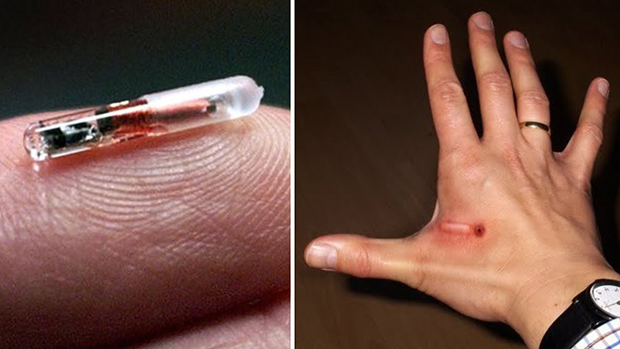Once confined to fiction movies, Mark L of Iron man is gradually coming to life in our real world. With nanotech being under the cusp of major transformation, growth in the smart clothing industry has increased by leaps and bounds.
According to a report released by a business consulting firm Grand View Research, the global smart fabrics market was worth $878.9 million in 2018, and it’s expected to reach $5.55 billion by 2025, with North America having the largest market share.
After rigid technologies like smartwatches and fitness trackers, the wearable market is being further invaded by smart clothing. However being sold as wearable tech, most of the time it turns out being cumbersome, awkward or never really working as it was expected to be. Nevertheless, the talk of a new feature is just around the corner.
With wear-ability in mind, unlike the existing technology, the evolving smart clothing has no impact on the handle, drape, stretch or breathability of the fabric. It is a fresh piece of tech that allows assembling electronic systems directly onto garments, enabling a new generation of truly-wearable smart clothing.
List of Smart Clothing Technology Booming the Textile Industry
DuPont Intexar
DuPont Advanced Materials has created electronic ink and film tech technology called DuPont Intexar. This technology can be directly embedded into the garment for easy and seamless integration into multiple apparel applications such as fitness, heat, and health; and has already been integrated into the Owlet Band wearable, which monitors a baby during pregnancy.
iTBra
Cyrcadia’s development of the iTbra uses heat sensors to track the temperature fluctuations in a woman’s breasts. From this data, it maps out the wearer’s circadian pattern, or daily norms and helps determine the presence of cancer.
RFID Microchip
Microchip implants are now being used to replace keys and passwords. Though not on textiles, these microchips are being directly embedded into the body parts like the fingertips. The chip uses near-field communication (NFC) or radio-frequency identification (RFID) and is similar to the chips used to track lost pets. The U.S. military is reportedly considering using RFID chips to keep track of its troops around the world.

Pireta’s e-textile
The UK startup Pireta aims at innovating the wearable technology. Pireta’s technology creates genuinely wearable smart clothing without impacting the comfort of the apparel. The e-textile attaches a thin, highly-durable metallic layer at the fibre level, resulting in excellent conductivity.
Power Saver Smart Clothing
With the invention of smart clothing by the Singapore researchers, power banks would be a thing of the past. Researchers in Singapore have invented clothes that can boost connectivity and save battery life on wireless devices such as headphones and smartwatches.
Future of Smart Clothing
Gartner forecasts that worldwide wearable devices shipment will reach 225 million in 2019, an increase of 25.8 per cent from 2018. It also states- smart clothing will be one of the fastest-growing textile trends, increasing from 4.12 million shipments in 2017 to a predicted 19.91 million by 2022.
Could this genuinely wearable tech be the next big thing in the textile space? Could it really revolutionise healthcare defence and other ecosystems?
Comment below and let us know what you think.
Or drop us a Hi at hello@mantralabsglobal.com
Knowledge thats worth delivered in your inbox





